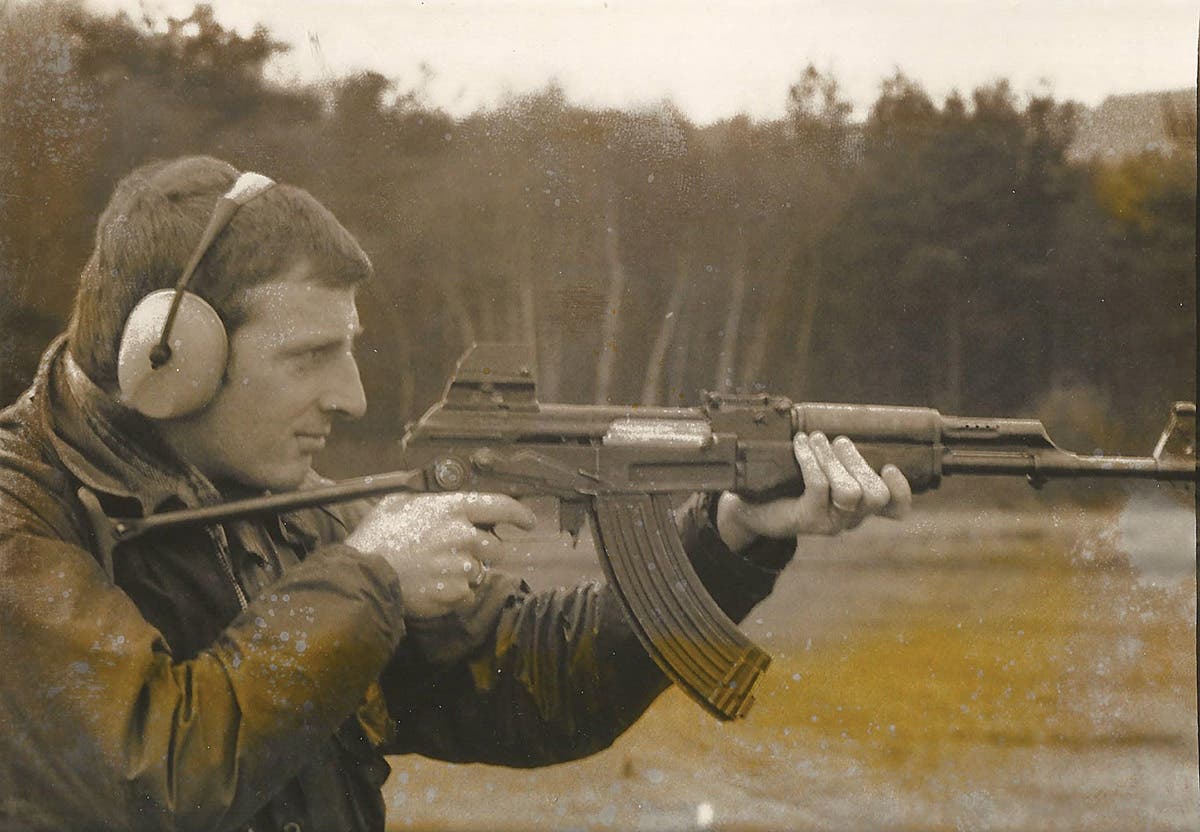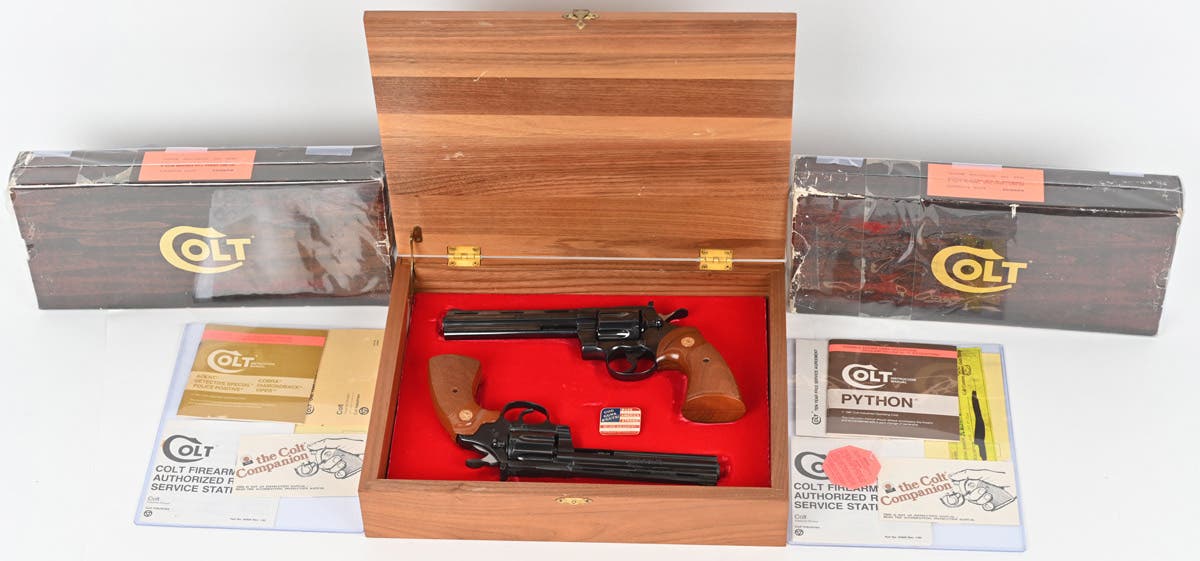Who owned it before you? Does it matter?
Sometimes the trail of ownership holds more weight than one would think.
In the world of collectible firearms, provenance can seriously impact the item’s value. That explains why a pair of flintlock saddle pistols carried by George Washington during the Revolutionary War — a gift from Marquis de Lafayette — sold at Christie’s auction house in 2002 for $1.98 million. More recently, another pair of pistols owned by founding father Alexander Hamilton was sold by the Rock Island Auction Company (RIAC) for $1.15 million.
It isn’t clear if the renewed interest in Hamilton, due to the award-winning Broadway, play drove up the price, but firearms owned by famous and historically significant individuals have long fetched a premium. In some cases, the history seems less important than who might have once pulled the trigger. Case in point: In 2021, a Colt Single Action Army revolver that was carried by screen legend John Wayne and used in several movies, including “True Grit” and “Rooster Cogburn”, also sold at RIAC for $517,500, greatly exceeding the $40,000 estimate.
The fact that the Duke owned the revolver — and used it in some of his iconic films — is what drove the price at auction. This is notable as Wayne even had the revolver converted from .45 Colt to .44 WCF, which is the sort of thing that would normally detract from a firearm’s value. By contrast, an early 20th century SAA might only fetch a few thousand dollars on a very good day.
Named Items
This brings us to the point that “named items” are often sought after among collectors of militaria. These are thought to provide an even more direct link to the past. But a lot still depends on what that “original owner” may have done. A uniform owned and worn by an American general officer who never left the United States during World War II certainly isn’t going to be as desired — even if it is in mint condition — as items linked to those individuals immortalized in HBO’s “Band of Brothers”.
Yet, the names of those who aren’t so famous can still help increase an item’s value. Items that can be directly linked to someone can shed light on where it was worn or used. That sets so-called named items apart from the vast majority of pieces that are far more “generic” in nature. Of course, it isn’t always possible to research an individual as records have been lost; but even in those cases there is still an added personal connection.
Who Owned It Before You?
In many cases, we’re also reaching a point where it isn’t just the original owner — as in the soldier who was issued/purchased, wore/used/carried said items — that is also increasingly significant. We’re increasingly seeing that items from noteworthy collectors are another form of provenance.
This is important to note as fakes will forever be a problem in the hobby. Though even the most advanced collector may have made mistakes and been fooled over the years, those items that come from significant collections are more desired.
Such was the case this past May when the vast uniform collection of Ron Northrop was offered by Redding Auctions. So big and extensive was the collection that the auction was spread out over three days, and drew interested collectors from across the world. A fact remains that Ron — a friend I will forever remember fondly — was well respected in the hobby, and no doubt that drove up interest as well.
The same will likely happen with the helmet collector of Dave Powers, who also passed away earlier this year. Collectors who knew Dave, as well as those who simply knew of his legendary status of amassing arguably the largest assortment of helmets from around the world, will likely desire to own something that was tied to the collection.
Northrop and Powers were two collectors that largely didn’t own items that could be tied to famous people. Yet, they became famous within the collector world and the provenance will be that the items acquired by the next collector came from their respective collections. This is unlikely to increase the values significantly — and certainly not ten-fold like John Wayne’s SAA revolver.
Moreover, as time passes, the links to who had previously been an owner could be forgotten unless the new owners ensure that this “chain of custody” is preserved. In many cases that likely won’t happen. It is doubtful Northrop, Powers or really any of us can remember who, where, or when we obtained an item.
So unless items are documented in books or websites, the knowledge of the past owners could be forgotten over time. This is a fact that I consider when I look at a few of my rarer sun helmets. “How did that survive?” I ponder, just as much as “Who had it before it was on a dealer’s website in London?”
Clearly, someone must have treasured the helmets as much as me, or else they wouldn’t be here in my cabinet today.
Peter Suciu is a freelance journalist and when he isn't writing about militaria you can find him covering topics such as cybersecurity, social media and streaming TV services for Forbes, TechNewsWorld and ClearanceJobs. He is the author of several books on military hats and helmets including the 2019 title, A Gallery of Military Headdress. Email him and he'd happily sell you a copy!





